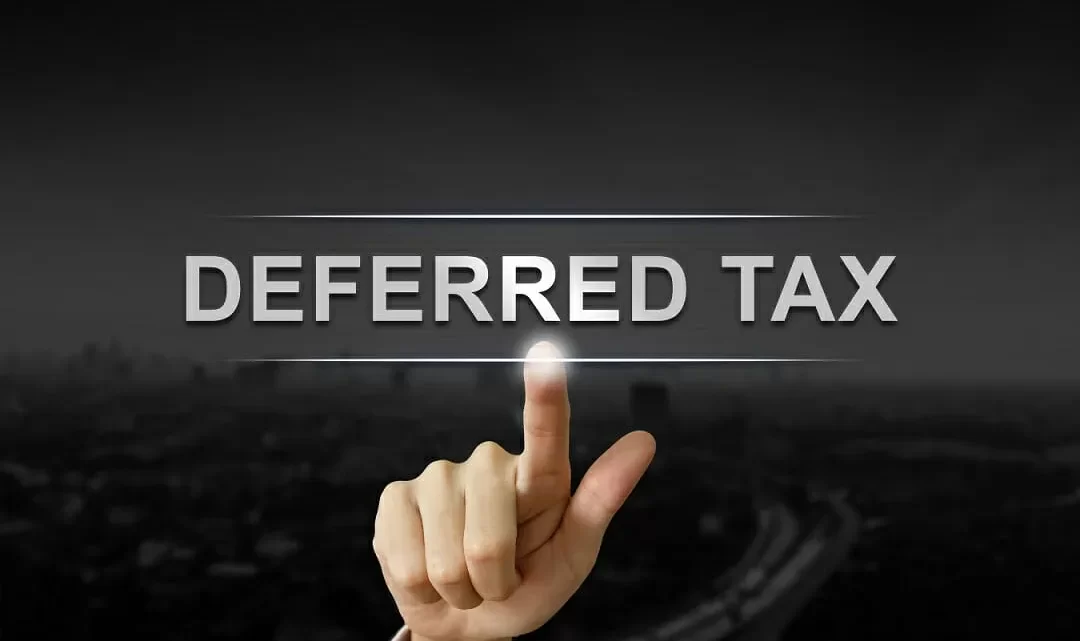
What Is a Deferred Tax Asset?
April 4, 2021In accounting, a deferred tax asset is a financial asset that has not yet been incurred. In other words, a deferred tax liability has not yet been incurred, but its value will be recognized later. These assets are similar to refundable insurance premiums and rent payments. However, these assets must be recorded in the financial statements. Deferred tax assets also come in the form of carryover losses. A company can carry forward losses to reduce taxable income in future years.
The difference between a company’s book profit and tax profit is a deferred tax asset. This asset is created by recording the difference between a company’s book profit and its tax profit. This difference in tax payments will be recorded in the next tax filing period. However, a company cannot use a deferred tax asset for past tax filings. To calculate the amount of a deferred tax asset, look for a company’s deferred tax assets.
A deferred tax asset can also be created by temporary differences in accounting. If a company carries forward unused tax losses, it can generate a deferred tax asset. The difference between a company’s book income and taxable income is a deferred tax asset. This asset is recognized as an asset on the balance sheet. It can also be the result of overpaying taxes in a given period and differing accounting rules.
Another deferred tax asset that is being considered is a company’s core deposit. In this case, the amount of tax paid has increased by $98,000. However, there are some disadvantages to holding deferred tax assets. In addition, a company may be faced with an audit challenge that results in an unexpected valuation allowance or questions about internal controls. Therefore, it’s vital for companies to reassess the usefulness of these assets and assess their current situation.
The creation of a deferred tax asset requires analyzing the difference between GAAP and the tax balance sheet. When comparing future taxable and deductible amounts, a company should use a rate consistent with the enacted rate. The same applies for the valuation allowance. In general, a company needs to recognize deferred tax assets that are less than its book value. It is crucial to avoid ignoring this deferred tax asset if the future income tax rate is higher than the present one.
The current deferred tax liability and deferred tax asset are determined by applying the provisions of FASB Concepts Statement No. 6 in accounting. These assets and liabilities are derived from past events, and they will not be payable to the government until they are recovered. Deferred taxes are measured in this way as if tax returns had been prepared for future years. In aggregate calculations, less detail may be possible. However, this is only an estimation.





